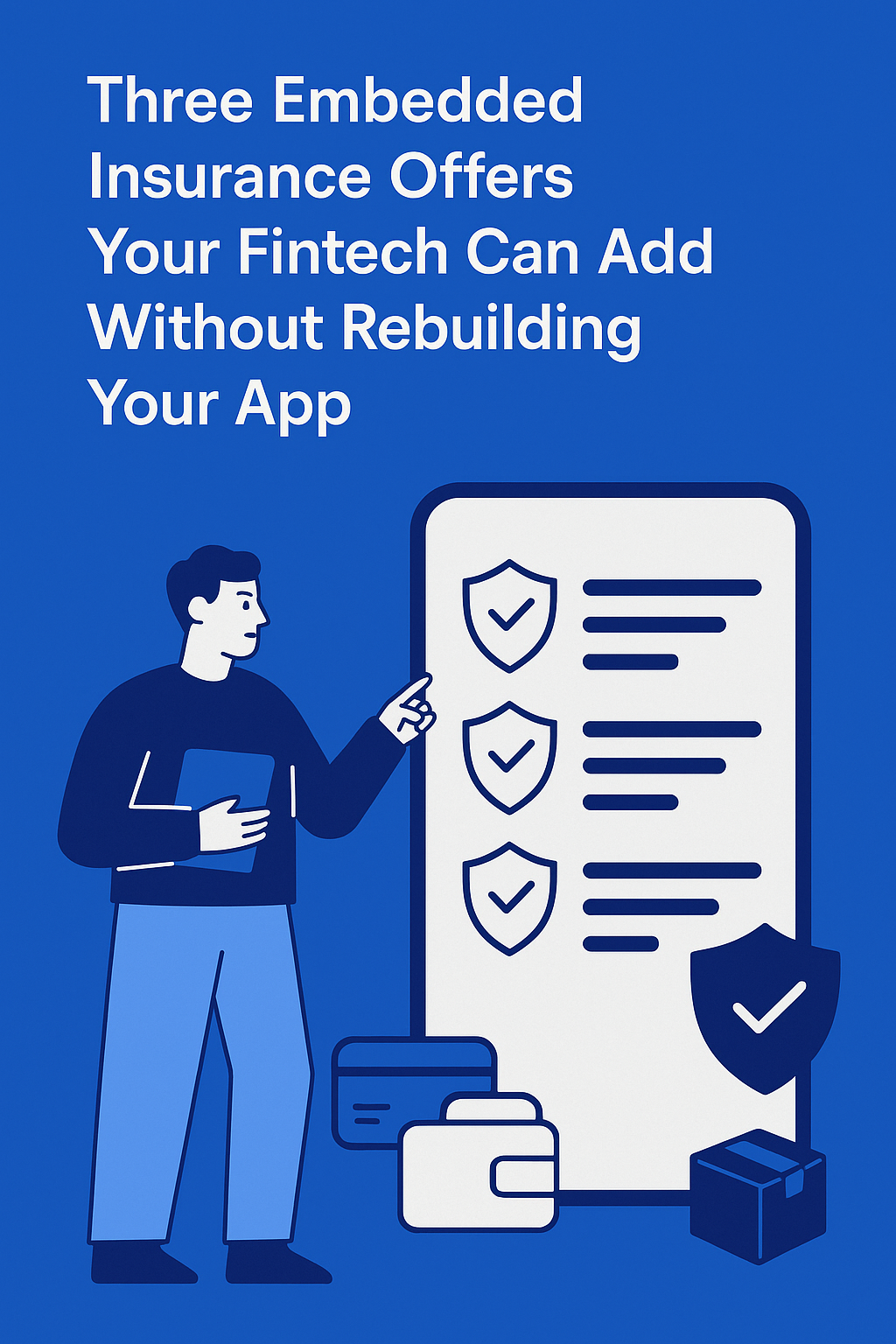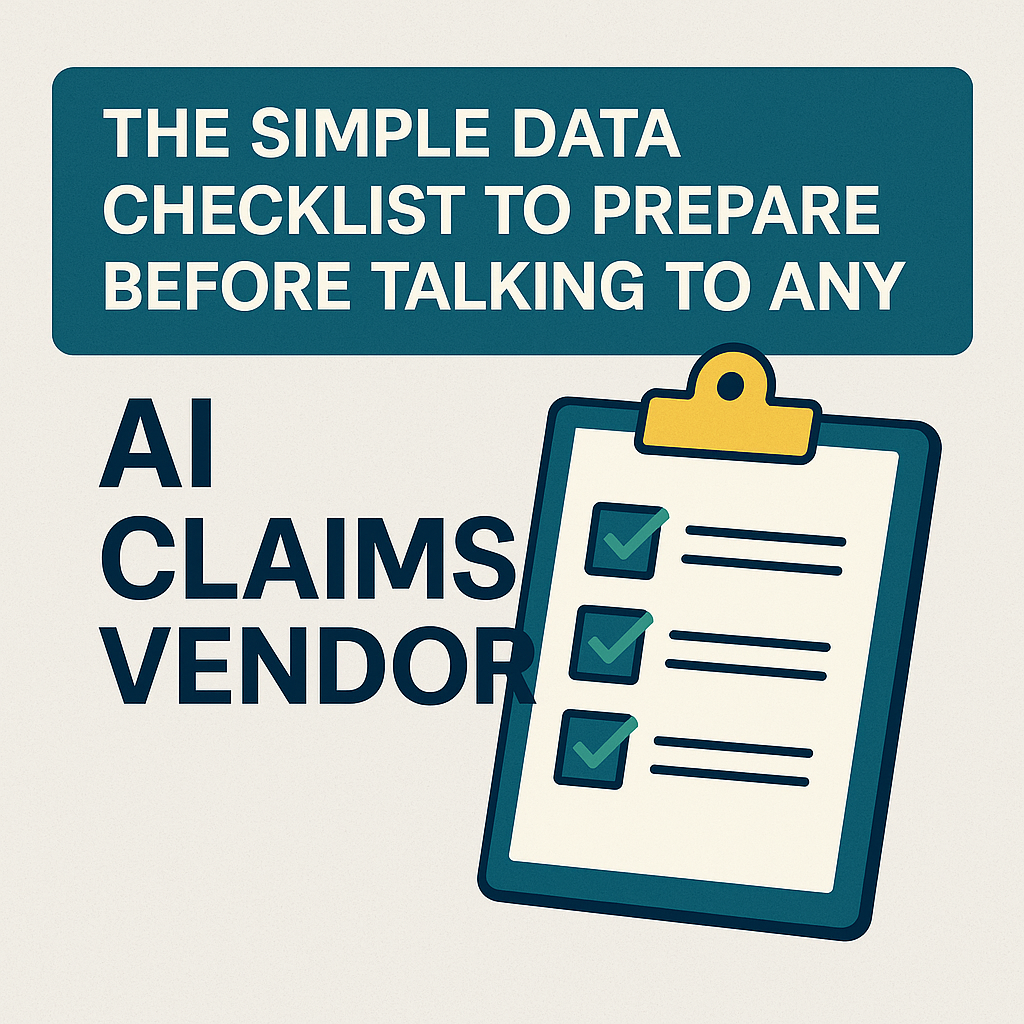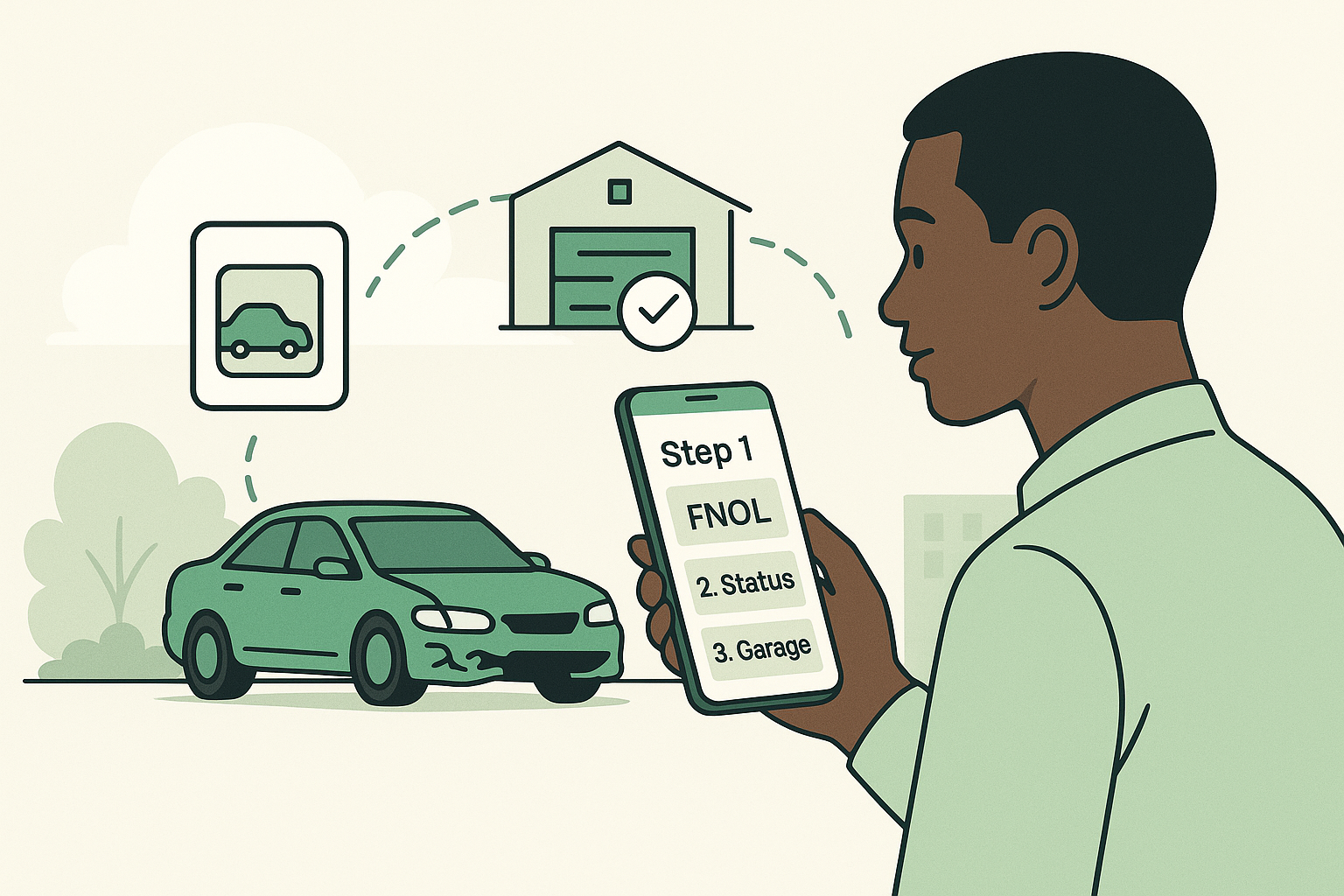Insurance Product Adoption: Learn 5 ways to get your Customers to embrace your Product
The realities hitting insurance companies have forced a sizable number of them to make innovation part of their product planning process. For innovative insurers, they doubled down.
In designing and building your insurance product - whether a new feature or product, it is good to be aware that the goal is not to create a usable and useful product - both are important considerations. Create a product your customers will use.
The essence of building a new feature or product is to help your customers get their job done. Your responsibility is to find out "what job they want to get done".
Product Adoption.
The Latin word for ‘product’ is ‘producere’, which literally means ‘bring forth’. “A product can be said to be ‘a thing' (good, service or idea!) that is the result of an action or a process that can be offered to a market to satisfy a want or need.” (Dictionary meaning)
Adoption is best explained by the design company - interaction-design: “Adoption is the process by which people become users of a product, and it is adoption which will enable users to discover that a product is usable and useful and enable them to become long-term users of a product.”
"Product + Adoption = Product adoption" is the process by which the good, service or idea, you offer a market - the customers, is discovered, enabling them to get their jobs done. Getting their jobs done ensures they are long-term users of the product.
Insurance companies that want to lead cannot afford to ignore product adoption. It’s not worthwhile to build a product that no one is willing to use.
When adoption happens, you're likely to get loyal customers. They regularly use your product. And advocates for you.
Product adoption is about the consumer.
Pro-tip: Have a guiding question whenever you are shipping out new features or products.
Did the consumer get their jobs done that they’ve invested in the regular use of the product and making it part of their lives?
Using the product adoption curve framework for your insurance product
The product adoption curve (also called the Diffusion Process) is a theory by Everett M. Rogers regarding the adoption of new products or innovation into society - by groups or culture.
There are 5 adopter groups as theorized by Everett Rogers. Each has its own level of resistance to new innovations.
As you design your product, it’s important to know and include these groups right from the planning stage. These groups adopt a product at different points of its lifecycle.
The 5 adopter groups are:
- Innovators (2.5%): They tend to be tech-savvy, don’t mind a few technical issues, and can be an excellent source for feedback.
- Early adopters (13.5%): Early adopters expect products to help meet their needs even if it is fairly new in the market. You can count on them in spreading the word about your new product.
- The early majority (34%): They only adopt a product once it has gained a reputation and proven itself to innovators and early adopters. They have less tolerance for risk compared to previous groups.
- The late majority (34%): The late majority is resistant to change and will only adopt your product if it’s well-developed and experiencing very few technical issues.
- Laggards (16%): Laggards are hard to convert or respond to new innovations. They don’t like change and will only adopt new products when it’s forced to do so.
The merit of product adoption and the 5 stages
Apparently, every customer that is going to use your product passes through different stages known as the product adoption process. The product adoption process describes steps a customer takes before they end up buying your product or the competitors.
It will be good to point out that these steps differ for each customer - some can skip steps in the process especially when they are customers that like to get timely value.
A stronger product adoption rate could mean higher retention and a lower churn rate. This could be a sign that your product will have loyal customers who can be advocates if nurtured rightly.
There are 5 product adoption stages: awareness, interest, evaluation, trial, adoption/rejection.
Product awareness
The first stage is when a customer becomes aware that he/she has a problem and in the process of searching for a solution becomes aware that your product exists.
Two things are at play here - the user problem and your product existence. A proposed customer (that’s what your users are until they give you their money!) can discover your product in a variety of ways:
- Searching for a solution to their problem
- Through targeted ads
- Content marketing or SEO
- Referral
At the awareness stage, your messaging plays a crucial part. This is where your value proposition and positioning come to play. This is already a cliche but ‘first impression still matters’. When you consider your competitors are fighting for the same eyeballs that you are targeting.
At the awareness stage, the customer does not have enough information about your product but your messaging have managed to get them into the door. Their interest is piqued.
Product interest
If the product enticed the customer, interest is piqued. The customer will research more about the product. This is where they start looking at reviews, comparing your competitors (competitors analysis) and everything needed for them to make a defined choice. Also, Consumers will start looking into the features, benefits, disadvantages, and pricing.
To help your customer successfully scale this stage, provide enough information about your product through the whitepaper, webinar, case study, blog post and any channel that will help them to reach an informed decision.
If you don’t provide enough information about your product, the customer is likely going to lose interest and will not proceed to the next product adoption stage. It’s essential to have an informative website, knowledgeable customer support service and a nice form to submit concerns.
When the customer has all relevant information, they start evaluating the product.
Product evaluation
You have probably heard of "jobs to be done"; this is where the customers decide it. With the information they have on your product, they can evaluate if the product will actually help them get their job done.
There is also a good benefit at this stage of product adoption because this is where you know the people your product is meant for - "the ideal customer". This stage is key to getting customers to trial your product.
A lot of insurance products do not have the trial stage. In cases like that, the customer moves to start using the product - ‘that means adoption’.
Once again, how you present your value proposition and how the product is positioned in the mind of the customer can be a huge differentiator at this stage. How are you different from the competitor? What extra feature or service do you offer that your competitor is yet to tap into? Can you allow a policyholder to trial your product for 30-days with a money-back guarantee if they’re unsatisfied? What's your claims process like? For auto insurance, can you give customers one free month plan or one free car maintenance in their first month?
A lot happens here - positioning, pricing and value. Your company culture could be a positive propeller too.
For instance, the Curacel value is a big driver to everything we. It powers our culture. For example, one of our values is 'respect'. Respect for ourselves, customers and the products. Read more about the Curacel values.
These questions are at the forefront of the customer decision-making, so your duty is to think up these questions and answer them - may be in the form of a FAQ. You should also have a feedback loop where customers can ask a question by email or chat and get an answer.
Introducing the Curacel Auto Claims: An artificial intelligence-powered solution that enables insurance companies with faster auto claims management and early fraud detection. Find out more about the Curacel Auto Claims.
Pro-tip: Ensure your sales team have every material that will aid in selling the product. They must have the FAQ’s handy.
Product trial
Once again, not all products have the trial stage. The trial stage can be the pilot or proof of concept (POC) phase, especially when it relates to B2B products or services.
Try Curacel's Auto Claims for 30 days. Cancel at any time. No questions asked. Sign up for a demo to see how it works.
For insurance companies, is there a possibility to create a test-before-pay kind of approach for any of your products? In this case, you are thinking up something like a growth engine.
The product trial stage is critical for consumers to become long-term customers. How you answer time-to-value will impact how long it takes your customers to get value from your product. So, you are looking at the onboarding experience.
Remember, your customers at the trial stage are not paying customers, so they are likely not committed. The best you can get here is to tie down their credit/debit card. They only become committed if you help them get their jobs done. That should be your goal - get their jobs done!
Product adoption or rejection
The final stage where value is exchanged for money is very important. It’s a simple idea - if your customer finds the product solve their needs, they pay. If not, they go for the competitors. Whatever that is.
As an insurance company, you do not really have the power of influence at this stage. You can create a nudge as a growth strategy. That's all it is - a nudge.
It is not really a bad thing if customers churn without adopting your product. It is an opportunity to re-evaluate your product/service.
And even if the customer adopts your product, how can you improve on that product so you continue to delight the customer.
Do you offer health insurance? Curacel Health Claims has helped insurance companies like AXA, Old Mutual and Rhoutage to efficiently manage their claims and reduce frauds by 70%. Talk to our team for a demo.
Pro-tip: Always design a feedback loop. It will enable you to get quick feedback from your customers.
Improving your product
Insurance companies are waking up to realities happening and knowing that the game is no longer played as it used to, they’ve started equipping their product teams with relevant tools.
As you design and build out your insurance solutions, think about it this way: the customer experience doesn’t happen on the screen, it happens on the mind.
For that reason, guts feeling and personal opinions are not likely to improve your product as much as understanding how your customers think and knowing what product adoption and growth principles to apply in building your product.
A few things that can help you to understand your customers:
- Survey the customers
- Have a clear onboarding process
- Send helpful messages, notifications and updates
- Have multiple customer support processes
- Create personalized email marketing campaigns
About Curacel
With top African insurance companies client portfolios, the Curacel team delivers innovative solutions and products to the insurance industry. Our solutions have enabled insurance companies to reduce their cost of operations and time by up to 70%. If you need help with more information about how Curacel can help, reach out to our team and we will get back to you in less than 24 hours.
Connect with us: LinkedIn | Facebook | Instagram | Twitter | Website
Image: Crazy Egg
Abonnez-vous à notre newsletter pour recevoir du contenu hebdomadaire


























.svg)







